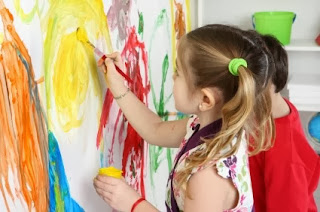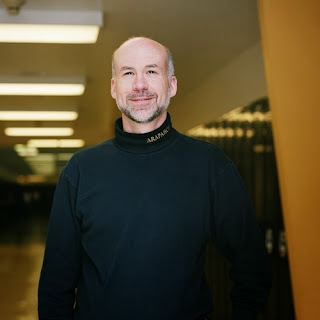In this blog post, I will be reflecting on all that I have learned throughout this semester in EDM 310. In addition, I will be looking ahead to my classroom when I begin teaching. I will discuss how I plan to teach, how my students will learn, and the overall environment of my classroom. So much has changed in my thinking about teaching and learning. My eyes have been opened to new methods and technology that are available.
I am majoring in Elementary Education, however, more specifically I hope to teach third or fourth grade. My desire and goal is to be a loving, caring teacher. I also hope to be a technologically literate teacher that is constantly reflecting on and revising my teaching and students. This is so important with constantly changing children, curriculum, and technology. I also hope to have a structured classroom with set rules that are enforced. I will discipline students who make fun or bully others. My students will know they are loved, cared for, and respected, and I will expect the same from them with their fellow peers.
If I were to describe my classroom in one word it would be fun! There is no reason that learning should not be fun for children! In fact, it is where they spend most of their time. I want my classroom to be bright, cheery, and organized! Children need structure and organization. The last thing I want is a chaotic classroom. My classroom will have numerous amounts of technology available. I will also have various centers set up all around the room where technology can be implemented. In addition, I will have many books for my students to read at any time.
I will teach using Project Based Learning. I have learned the danger of Burp Back Education where normal pencil and paper are used to assess, and students simply spit back out the information they have been fed without actually learning and applying the material. I will use many projects in all different subject areas. Like I stated earlier, I want my classroom to be fun, so we may make a mess every now and then, but what matters is that they digest the information and learn it. In fourth grade there are so many options that students can do with projects. They are older and do not need to be walked through projects. They can be creative and have fun!
There are so many technology tools and resources that I will use in my classroom. I should have a Smart board in my classroom, so that is one tool I will use. I can use it for bell ringers and instruction time. The students can also use it in free time and during centers. In addition, I hope to have classroom computers and iPads. These tools can be used in a wide variety of ways. In the fourth grade, they can be used for blogging and research. They can use websites like iCurio, Blogger, and Google. In addition, they can use the iPads and classroom computers to play educational games. There are so many options that technology can be for in a classroom.
My view of teaching and what all is required to be an effective teacher has changed SO much since the beginning of the semester. My thinking has definitely been refined in a positive way. The main thing that has changed is the importance of asking questions. As a teacher, I need to know what types of questions to ask my students in order to broaden their thinking. This is so important! Another view that has changed from the beginning of the semester is the importance of peer review. Through peer review, students are able to get feedback from someone of equal status as them instead of a teacher. I also learned the importance of self reflection and review. Students need to learn to look at their work and see how they can improve it. It is critical to do this in order to grow in your thinking.
However, the tools and atmosphere that I plan to use in my classroom has not changed. At the beginning of the semester, I said that I would use Smart boards, iPads, and personal computers, and I still plan to use these tools. I also stated that I want my classroom to be fun and colorful, and that is also still true. Last, I stated that I wanted my students to learn more through project based learning and hands on activities. This is also still how I want my students to learn.



































